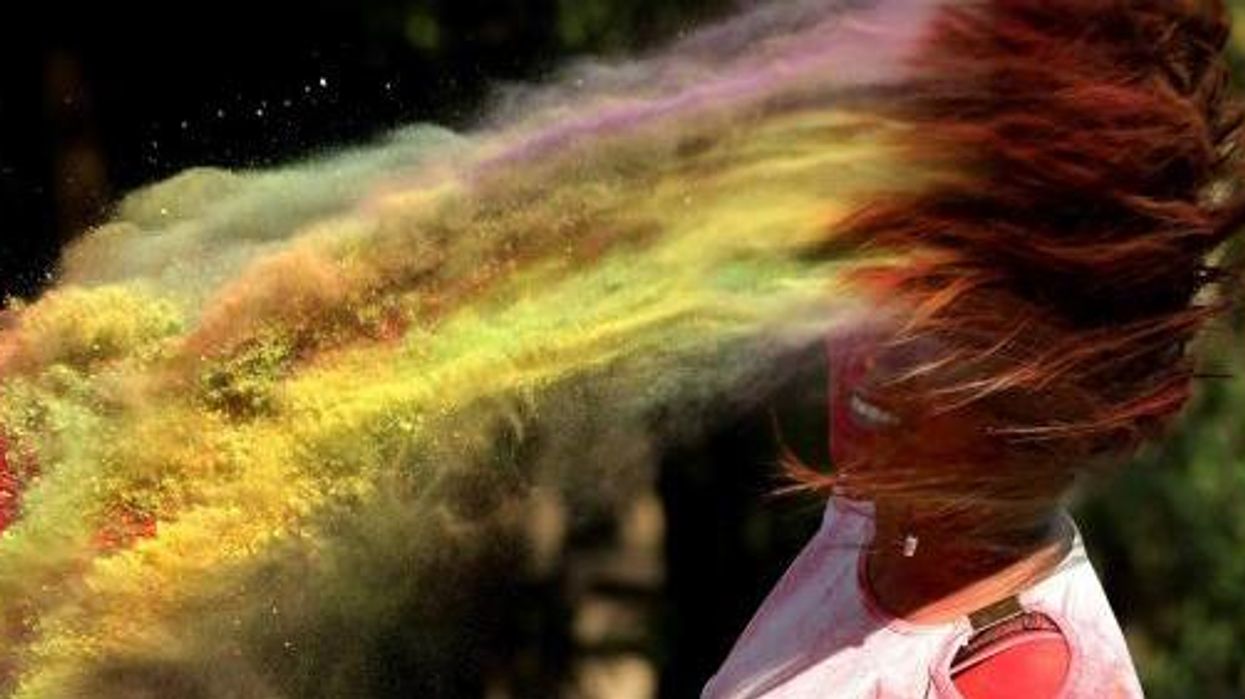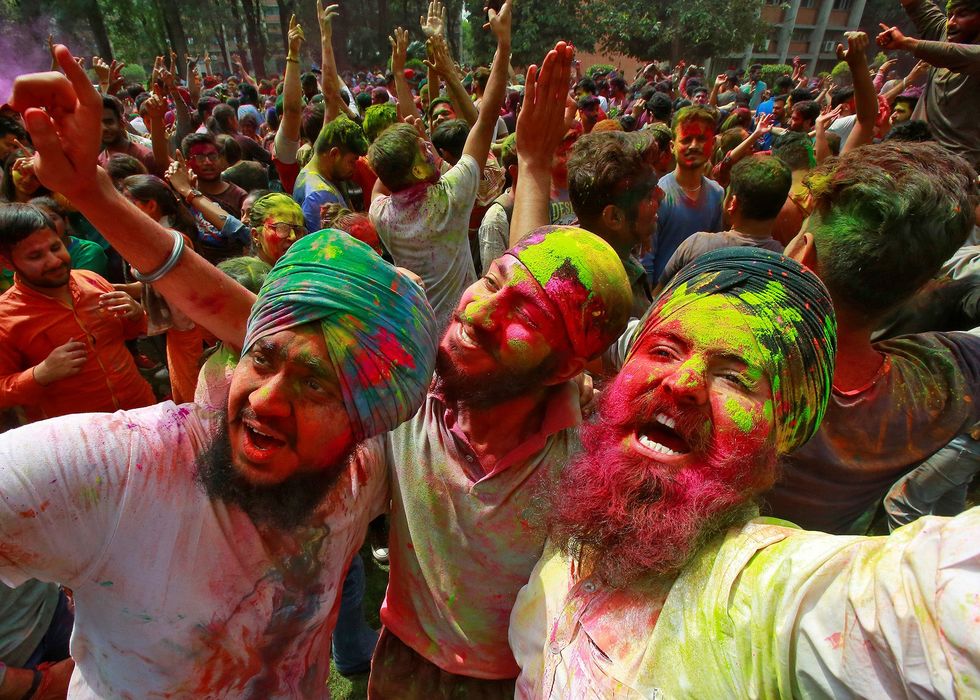The Hindu ‘festival of colours’ is being celebrated today with a vibrant Google Doodle.
The ancient festival, known as Holi, is a big deal around the world, especially in Nepal and India.
But what is it? And why is it so important?
What is Holi?
Holi is a two day festival that signifies the start of spring.
It’s seen as an opportunity for people to have a fresh start and a chance to meet new people and repair old relationships.
When does it take place?
This year’s festival falls on 20 and 21 March but the date changes every year.
It usually takes place at some point between the end of February and the middle of March depending on the Hindu calendar, which is based on the cycle of the moon.
How is it celebrated?
The festival is split into two parts, Holika Dahan and Rangwali Holi.
Holika Dahan comes first and is the quieter of the two days.
People gather around a pyre and light bonfires to symbolise good triumphing over evil.
The event is based around an old story in which the Hindu demoness Holika was burned to death with the help of the God Vishnu.
The festival’s colourful reputation comes from Holi’s second day Rangwali Holi.
You might recognise pictures of people covered in brightly coloured powder, like those in Google's Doodle.
On this day, people smear each other with colours in the streets and parks as part of a free-for-all where anyone is fair game – from family and friends to enemies.
People can often be seen carrying drums and other instruments, singing songs and dancing.
Each colour carries a different meaning.
For example, red symbolises love and fertility, blue represents the Hindu God Krishna and green celebrates new beginnings.
Now you’re all up-to-date with one of the world's biggest festivals.
More: Seiichi Miyake and three other inventors who helped improve the lives of visually-impaired people
















